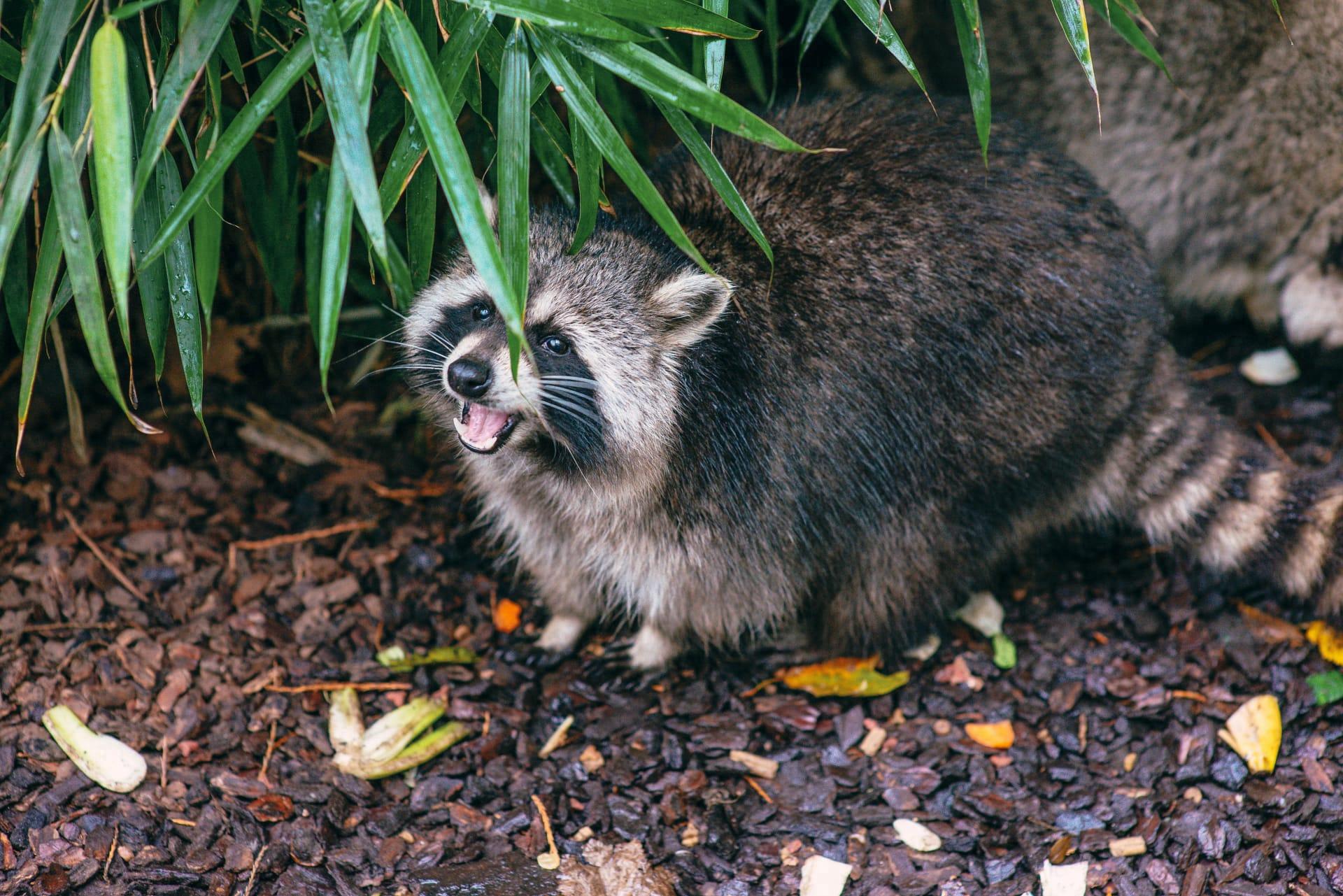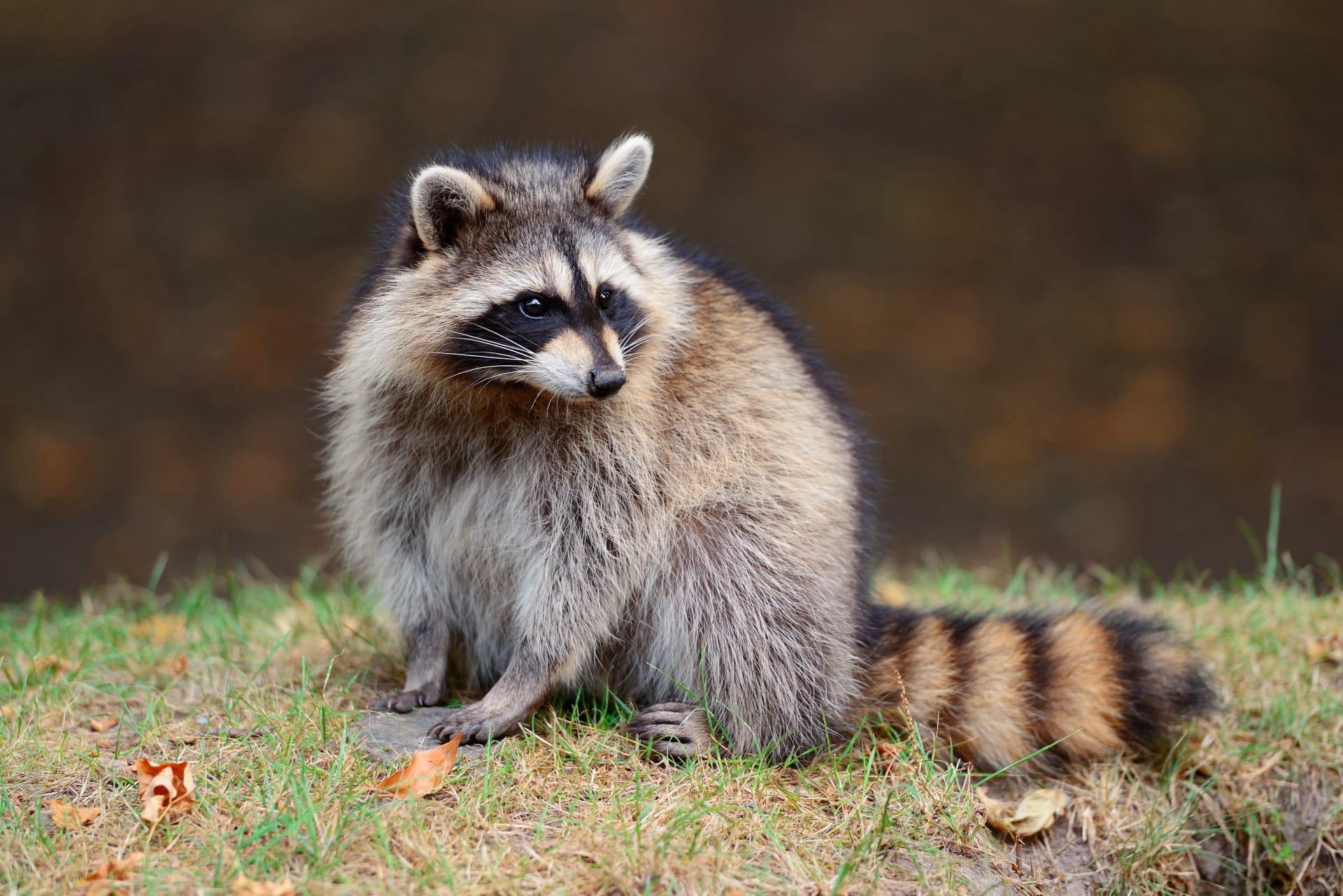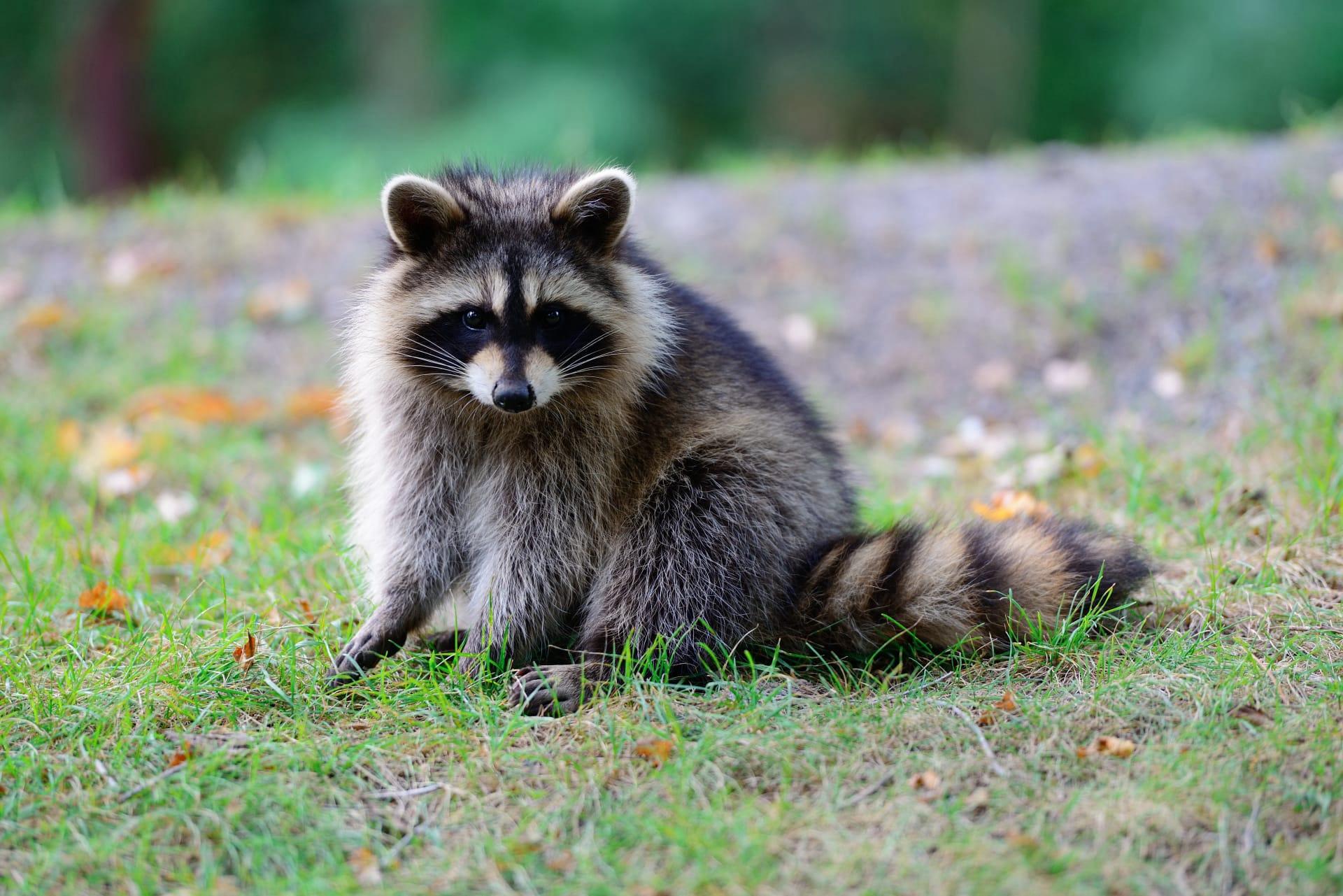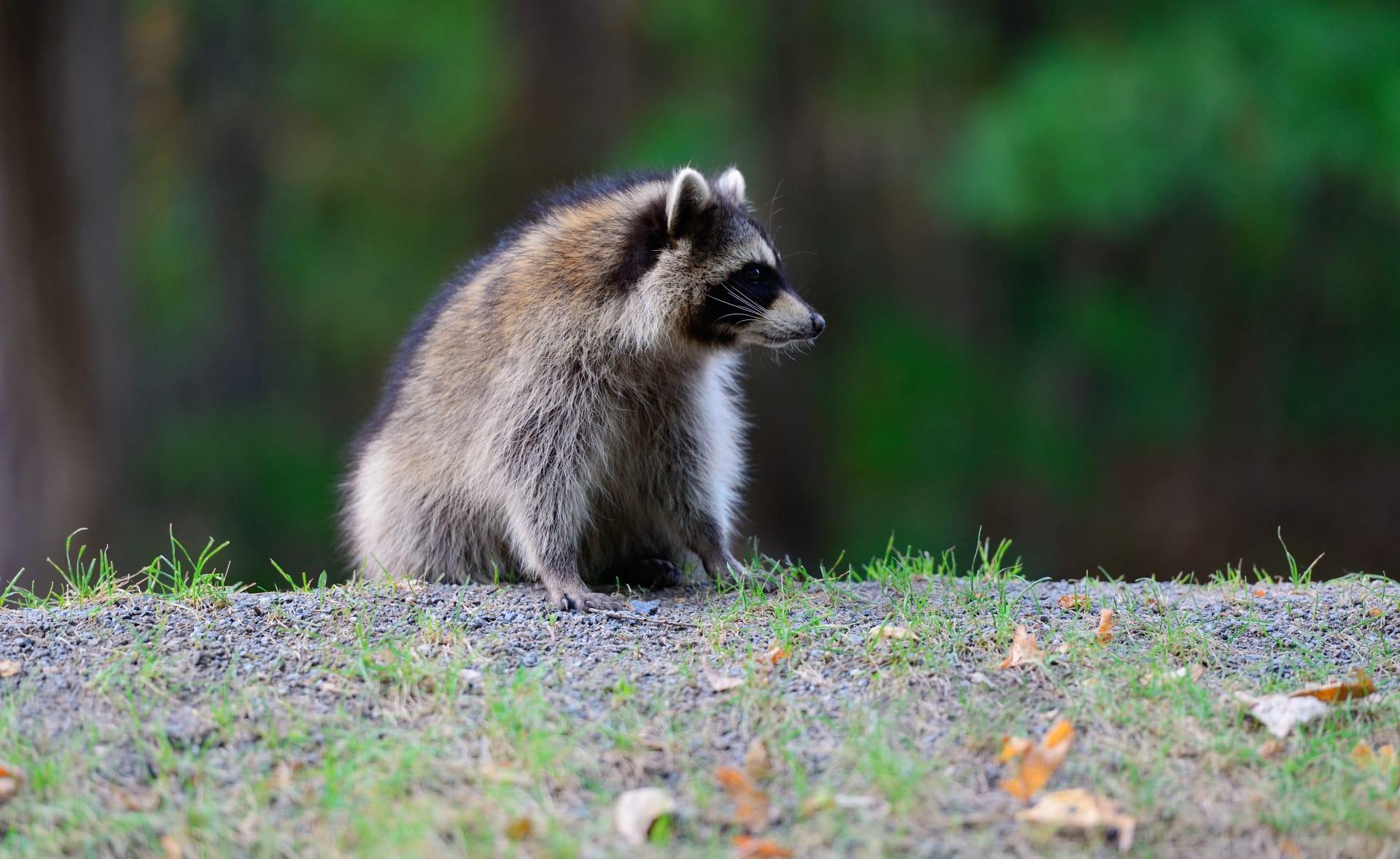1
Raccoons, known for their distinctive black mask and bushy tail with its alternating black and white rings, are incredibly adaptable creatures. A standout fact about raccoons is their highly dexterous front paws, which are almost as nimble as human hands. They contain roughly five times more sensory receptors per unit area than their back paws, which makes them incredibly sensitive. This sensitivity is crucial for their nocturnal lifestyle, allowing them to identify and manipulate food and objects in the dark. Moreover, raccoons are famous for their 'washing' behavior, where they appear to be washing their food in water. While this isn't actually for cleanliness, it's believed that immersing food in water enhances their tactile experience, making it easier to discern the edible parts.
Another interesting aspect is their diet and adaptability in various environments. Raccoons are omnivores with an incredibly diverse diet, which is a key factor in their ability to adapt to different habitats, including urban areas. In the wild, their diet primarily consists of fruits, nuts, and insects, but in urban settings, they're known to rummage through trash cans, showcasing their opportunistic feeding habits. Their intelligence and dexterity allow them to open lids, untie knots, and even remember the solutions to tasks for up to three years, making them skilled at navigating the urban landscape for food. This adaptability is a significant reason why raccoons have successfully expanded their range and can be found in a variety of environments, from rural to heavily urbanized areas.

2
Raccoons possess a remarkable memory, especially when it comes to food. Studies have shown that they can remember the solutions to tasks for up to three years, a testament to their intelligence and survival skills. This cognitive ability is particularly useful in urban environments, where they need to navigate complex scenarios to find food. The ability to recall where they previously found food helps them efficiently revisit those spots, especially in areas where food sources might be scarce or sporadic. This memory, combined with their problem-solving skills, makes racoons adept at living alongside humans in urban settings.
Their vocal communication is also quite intriguing. Raccoons use a wide range of sounds to communicate. These sounds include purrs, whistles, growls, snarls, and screams, each serving different purposes, such as mating calls, expressions of distress, or warnings. Interestingly, raccoons have been found to have different 'dialects' depending on their geographical location. For example, the vocalizations of an urban raccoon can differ significantly from those of a rural raccoon. This diversity in communication indicates a high level of social complexity and adaptability to their surroundings, reinforcing their reputation as intelligent and versatile animals.

3
Raccoons are not only skilled foragers but also excellent climbers and swimmers. Their sharp, curved claws and strong hind legs enable them to climb trees and buildings with ease, often to escape predators or to find a safe place to rest. This climbing ability also helps them access food sources such as bird nests or rooftop gardens. Moreover, raccoons are adept swimmers, capable of swimming at speeds of up to 1.5 meters per second and capable of remaining in water for several hours. This skill is particularly useful in their natural habitats, where crossing rivers or streams is necessary for finding food or escaping threats.
Raccoons have a unique mating behavior. They are solitary animals but come together during the mating season, which occurs in late winter. Females can mate with more than one male during the mating season, leading to a competitive environment among the males. The gestation period for a raccoon is about 63 days, after which the female gives birth to a litter ranging from two to five kits. The mother is solely responsible for raising the young, teaching them survival skills like foraging and climbing. The kits stay with their mother for about a year before venturing out on their own, showcasing a strong maternal bond and learning period that is crucial for their survival.

4
Raccoons are known for their high intelligence, demonstrated by their problem-solving abilities. In studies, raccoons have shown the capability to open complex locks in less than ten tries and can remember the solutions for up to three years. This intelligence is also evident in their natural behavior, such as when they use stones as tools to access food or strategically plan their route to avoid predators. Their cognitive skills are comparable to those of some primates, making them one of the most intelligent mammal species in their size range.
Their ability to thrive in urban environments is another fascinating aspect. Raccoons have successfully adapted to live in cities, displaying incredible versatility in their behavior and diet. They navigate the urban jungle by using storm drains and rooftops, exploiting the abundance of food sources like garbage bins and pet food. This adaptability is a result of their omnivorous diet, intelligence, and curious nature, allowing them to exploit resources that other wild animals cannot. Their success in urban areas is a testament to their ability to adjust their natural behaviors to suit the changing landscape, making them a symbol of wildlife urbanization.

5
Raccoons have a unique way of dealing with cold temperatures. During winter, they don’t hibernate in the traditional sense but enter a state called torpor. Torpor is a period of decreased activity where their body temperature, heart rate, and metabolism slow down, conserving energy. They can sleep for extended periods during this time but will wake up and forage if the weather is mild. This ability to adapt their metabolic rate to the environment is crucial for survival in regions with harsh winters.
Finally, raccoons play a significant ecological role. As omnivores, they help control the populations of various pests and insects. Their foraging habits also contribute to seed dispersal, aiding in plant propagation. However, they can also impact local ecosystems, particularly in urban areas where they are known to prey on bird nests and can be carriers of diseases like rabies. Their interaction with the environment is a delicate balance, showcasing the complex role they play in different ecosystems, from natural to urban habitats.